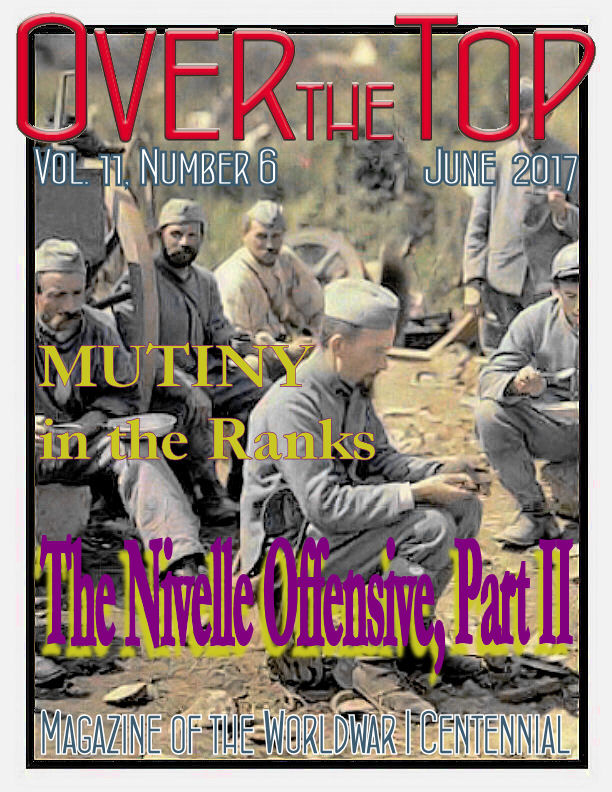
June
2017 |
 |
|
|


Back from Flanders
My spring battlefield tour of Flanders, Vimy, and Arras went very well. The weather permitted us to actually walk in the footsteps of the men who fought there 100 years ago. Of course, that made it a somewhat artificial experience, especially the Passchendaele sites, where the troops were slogging and sometimes drowning in the mud during the fighting. On this trip I was able to dedicate more time to the Messines battlefield than ever before and will be sharing what I learned in our other publications like our blog, Roads to the Great War, over the next several weeks. Click on this page for a sample HERE
MH

|
2017
Pershing Lecture Series:
Leadership and the French Mutinies of 1917
National World War I Museum and Memorial
Kansas City, MO
Tuesday — 20 June 2017, 6:30 p.m.
Program & Registration: HERE
Small Arms of the Great War
World War One Historical Association
Saturday, 10 June 2017, 10:30 a.m.
Albany Veterans Memorial Building
1325 Portland Avenue, Albany, CA
Centennial Conference:
The National Guard in World War I
Faneuil Hall
Boston, MA
19-20 October 2017
Flyer & Call for Papers: HERE
Quarterly Mtg, League of WWI Aviation Historians
National Air and Space Museum
Venue: Steven F. Udvar-Hazy Center:
Saturday — 10 June 2017, 10 a.m.
Program & Details: HERE
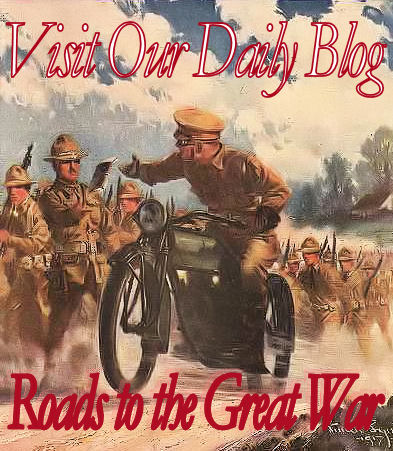
Click on Image to Visit Our Daily Blog.
|
|
Poster of the Month
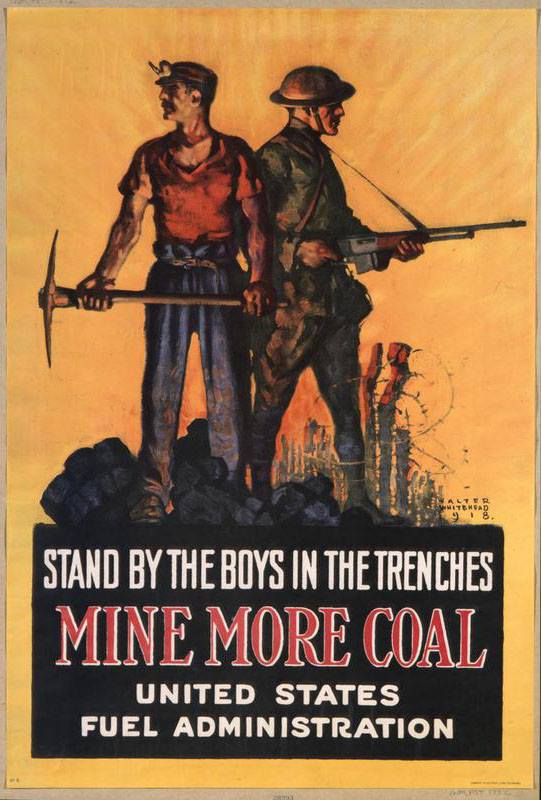
By U.S. Artist Walter Whitehead, 1918

What To Do with These Things Called Tanks?
 Overview: Tanks in World War I (PDF)
Overview: Tanks in World War I (PDF)
 French Tank Pioneer: Col. Jean Baptiste Eugène Estienne (PDF)
French Tank Pioneer: Col. Jean Baptiste Eugène Estienne (PDF)
 J.F.C. Fuller: His Methods, Insights, and Vision (PDF)
J.F.C. Fuller: His Methods, Insights, and Vision (PDF)
 Cambrai Changed the Fighting Tactics on the Western Front
Cambrai Changed the Fighting Tactics on the Western Front
 The American Tank Corps in the Great War (PDF)
The American Tank Corps in the Great War (PDF)
 Case Study: Canadian Attack at Amiens, 8-11 August 1918
Case Study: Canadian Attack at Amiens, 8-11 August 1918
 A Century of the Tank – British Mark I of WWI vs. 21st-century Tank (PDF)
A Century of the Tank – British Mark I of WWI vs. 21st-century Tank (PDF)

Can You Name This WWI Veteran?
Win a Free Issue of OVER THE TOP!
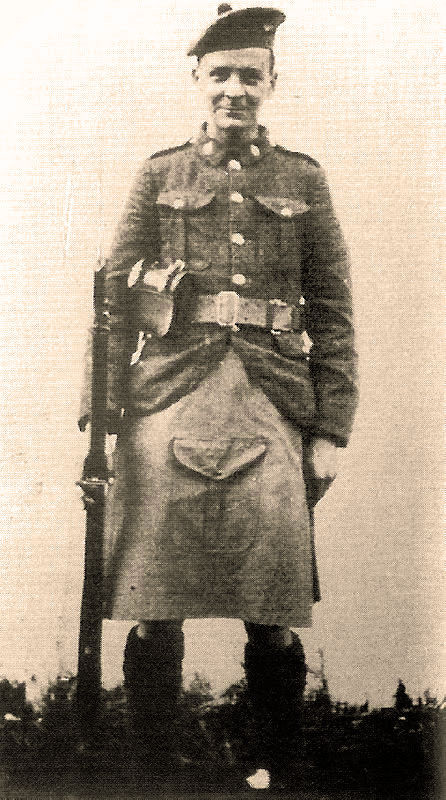
Hint: Hard Boiled Yarns
If you can name this World War I veteran, we will send you a free issue of our monthly subscription magazine, OVER THE TOP. Email your answers HERE.

Tanks Have a Future
While the tank most emphatically is not a cure-all and an infallible
solution of any and all situations that face the infantrymen in offensive
combat, when manned by properly trained crews, working with infantry
trained to cooperate and take advantage of the opportunity they create, and
used under conditions reasonably favorable to the machines themselves,
tanks will prove an invaluable aid in enabling the infantryman to reach his
objective. The nation that fails to develop this weapon to its fullest extent
will find itself most seriously handicapped in the next war.
Major Roger Harrison, U.S. 301st Tank Battalion
|

|

U.S. Centennial Organizations & Resources
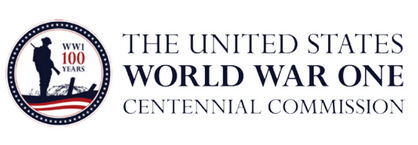
worldwar-1centennial.org/
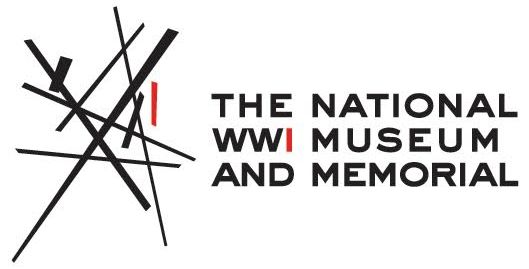
theworldwar.org/
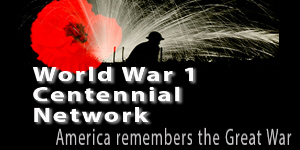
www.ww1-centennial.org/
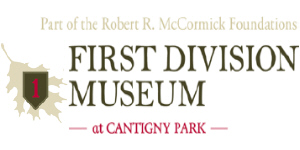
www.firstdivisionmuseum.org/

www.abmc.gov/
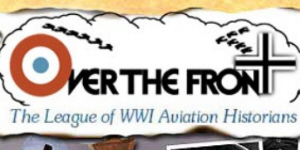
www.overthefront.com/
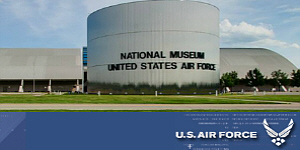
www.nationalmuseum.af.mil/
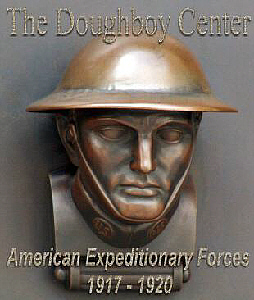
www.worldwar1.com/dbc/
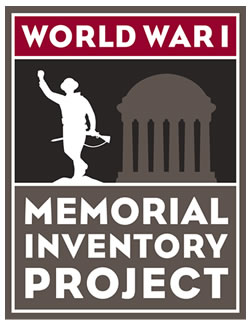
facebook.com/wwiinventory
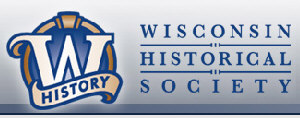
wisconsinhistory.org/
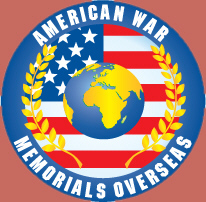
www.uswarmemorials.org/
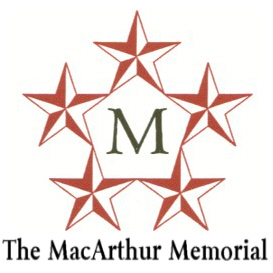
www.macarthurmemorial.org/

www.saving-hallowed-ground.org/
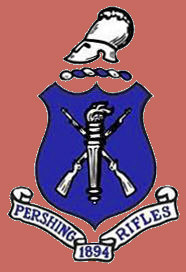
www.theprgroup.org/

pamilmuseum.org/
Support Worldwar1.com's Centennial Effort
Shop at Amazon.com
|
The Centennial Ticker
Call for Support!
American Memorial Church at Château-Thierry Centennial Fund
The American Memorial Church is a rare and special place. Dedicated in 1924, the beautiful structure is a living memorial to the U.S. Doughboys and Marines killed in the area during World War I.
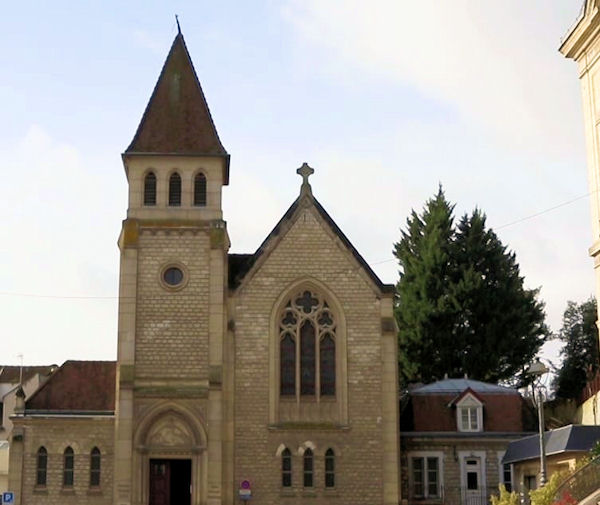
Within the edifice are special tributes to our fallen from around the nation. Mrs. Theodore Roosevelt donated the Bible to honor her slain son Quentin, who died nearby. The beautiful pulpit commemorates fallen chaplains. Most spectacular are the stained glass windows shown below.

After nearly a century, however, the church needs extensive restoration. As readers of the Trip-Wire know, your editor leads annual pilgrimages to the battlefields and has been deeply impressed by the dignity and beauty of the American Memorial Church. I'd like to call on our readers to make a contribution, whatever you can afford, to ensure this tribute to our nation's fallen lives on. You can give online HERE
A Great WWI Documentary
Not from PBS
Readers of my daily blog, Roads to the Great War, have read hints that I'm not a big fan of the recent PBS Great War six-hour series. Here are my objections to the production as concisely as I can state them. The series presents an America composed of dissenters, the oppressed, and the deluded masses. It has no patriots or heroes. This America is commanded to join – without justification – a monstrous conflict by a messianic, racist president, who was fortunate to have a skilled propagandist (George Creel) at his disposal. In its fixation on inclusiveness, the documentary managed to exclude much of the military and all of the naval aspects of the war, most of the vivid personalities who joined or supported the war effort, the near-unity of the American people in backing a mighty national crusade, and the steps taken to honor and commemorate those who served and sacrificed so much. In a thousand years I could not imagine any young American having been forced to sit through the entire dismal six hours being enthused about learning more about this exciting period in our country's history.
But enough about that soon-to-be-forgotten production. Let me share with you the perfect antidote to the PBS fare. On my recent battlefield tour of Flanders, my group visited the Flanders Field American Cemetery, which had just opened its new visitors center. The introductory film produced by the American Battle Monuments Commission for the center simply knocked the socks off of everyone. In ten minutes it covered the U.S. entry into the war, the raising and transport of a massive expeditionary force, the intensity and scope of the fighting, the specifics of the American efforts in Flanders, and then concluded with a tear-inducing essay on how the sacrifice of our fallen is remembered by the nation and the appreciative people of Belgium. Below are some stills from the film, but don't take my word on its quality and effectiveness. Watch it yourself on YouTube at this site:
https://www.youtube.com/watch?v=shKlMAvGTRo

An Opening Segment Describes America's Entry into the War
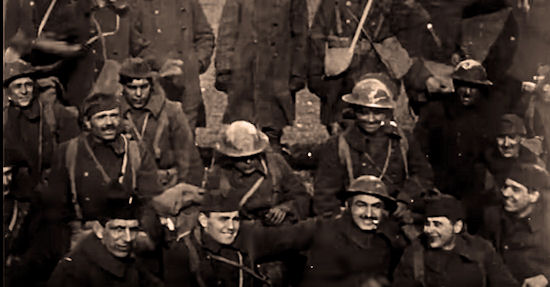
"The Yanks Are Coming!"
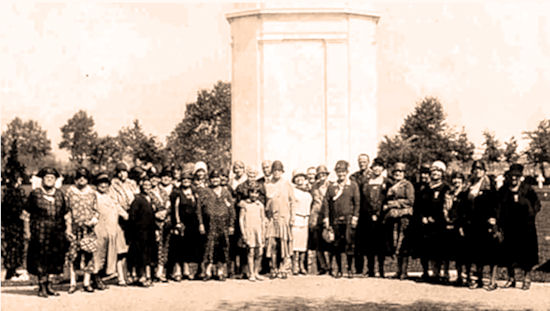
Gold Star Mothers Visiting Their Sons' Graves at Flanders Field
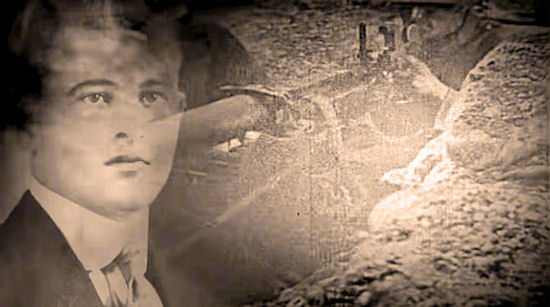
Sgt. Karl Ross, DSC, 93rd Division Buried at Flanders Field Cemetery
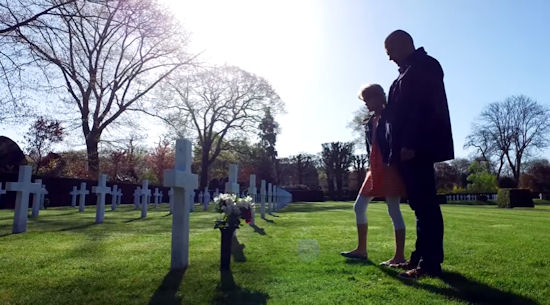
Patrick Lernout and His Daughter Have Adopted the Grave of Sgt. Ross
|
|

13 June 1917
General Pershing Arrives in France
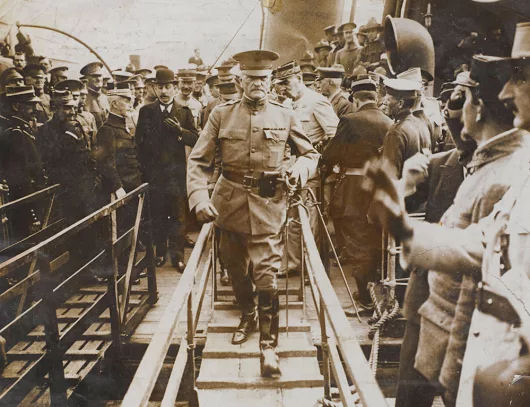
Pershing Arriving at Boulogne, the Morning of 13 June
Described by War Correspondent Floyd Gibbons
[That afternoon] the sooty girders of the Gare du Nord shook with cheers when the special
train pulled in. The aisles of the great terminal were carpeted with red
plush. A battalion of bearded poilus of the Two Hundred and Thirty-seventh
Colonial Regiment was lined up on the platform like a wall of silent grey,
bristling with bayonets and shiny trench helmets.
General Pershing stepped from his private car. Flashlights boomed and
batteries of camera men maneuvered into positions for the lens barrage. The
band of the Garde Républicaine blared forth the strains of the "Star Spangled
Banner," bringing all the military to a halt and a long standing salute. It was
followed by the "Marseillaise."
At the conclusion of the train-side greetings and introductions, Marshal
Joffre and General Pershing walked down the platform together. The tops of
the cars of every train in the station were crowded with workmen. As the tall,
slender American commander stepped into view, the privileged observers on
the car-tops began to cheer.
A minute later, there was a terrific roar from beyond the walls of the
station. The crowds outside had heard the cheering within. They took it up
with thousands of throats. They made their welcome a ringing one. Paris took
Pershing by storm. . .

A Young Girl Presents a Smiling Pershing with a Bouquet
The crowds overflowed the sidewalks. They extended from the building
walls out beyond the curbs and into the streets, leaving but a narrow lane
through which the motors pressed their way slowly and with the exercise of
much care. From the crowded balconies and windows overlooking the route,
women and children tossed down showers of flowers and bits of colored
paper. . .
Old grey-haired fathers of French fighting men bared their heads and with
tears streaming down their cheeks shouted greetings to the tall, thin, grey
mustached American commander who was leading new armies to the support
of their sons. Women heaped armfuls of roses into the General’s car and into
the cars of other American officers that followed him. Paris street gamins
climbed the lamp-posts and waved their caps and wooden shoes and shouted
shrilly. . .
Paris was not backward in displaying its knowledge of English. Gay
Parisiennes were eager to make use of all the English at their command, that
they might welcome the new arrivals in their native tongue.
Some of these women shouted "Hello," "Heep, heep, hourrah," "Good
morning," "How are you, keed?" and "Cocktails for two." Some of the
expressions were not so inappropriate as they sounded.
Occasionally there came from the crowds a good old genuine American
whoop-em-up yell. This happened when the procession passed groups of
American ambulance workers and other sons of Uncle Sam, wearing the
uniforms of the French, Canadian and English Corps.
They joined with Australians and South African soldiers on leave to cheer
on the new-coming Americans with such spontaneous expressions as "Come
on, you Yanks," "Now let’s get ’em," and "Eat ’em up, Uncle Sam." . . .

Pershing on the Balcony of the Hôtel Crillon
"Pair-shang, Pair-shang," Cried the Crowd
Through such scenes as these, the procession reached the great Place de la
Concorde. In this wide, paved, open space an enormous crowd had assembled.
As the autos appeared the cheering, the flower throwing, the tumultuous kiss blowing
began. It increased in intensity as the motors stopped in front of the
Hôtel Crillon into which General Pershing disappeared, followed by his staff.
Immediately the cheering changed to a tremendous clamorous demand for
the General's appearance on the balcony in front of his apartments.
"Au balcon, au balcon," were the cries that filled the Place. The crowd
would not be denied.
General Pershing stepped forth on the balcony. . . A soft breeze from the
Champs Elysées touched the cluster of flags on the General's right and from all
the Allied emblems fastened there it selected one flag.
The breeze tenderly caught the folds of this flag and wafted them across
the balcony on which the General bowed. He saw and recognized that flag. He
extended his hand, caught the flag in his fingers and pressed it to his lips. All
France and all America represented in that vast throng that day cheered to the
mighty echo when Pershing kissed the tricolor of France.
It was a tremendous, unforgettable incident. . .
Source: Chicago Tribune Archives
|
|

Our 2017 & 2018 Centennial Battlefield Tours
Now Accepting Bookings For All Tours
2017
Caporetto and the Italian Front
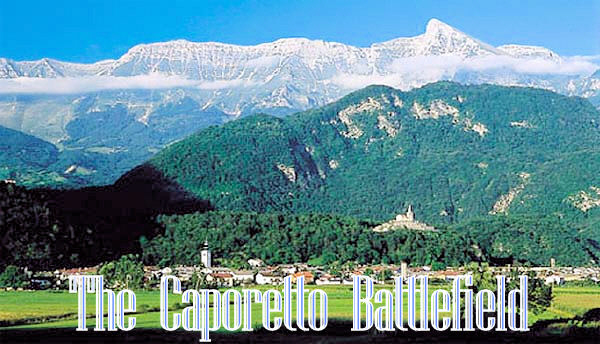
24 July – 3 August 2017: The Most Important Battle of the Italian Front
Includes: The Eleven Battles of the Isonzo, Caporetto 1917, Monte Grappa, and Vittorio Veneto. We will also follow the advance of the American Doughboys sent to the Italian Front.
Reduced Price — $3,950 (dbl occupancy, sgl supp avail)
The full brochure covering the trip and registration details can now be downloaded
HERE
2018
Kaiser's Offensives &
the British Army's 100 Days
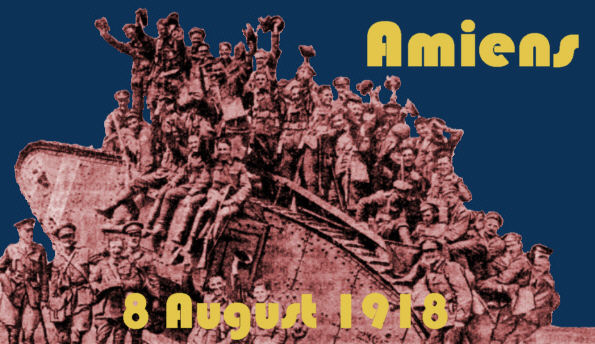
6 – 14 May 2018: Study of Germany's Last Effort to win the War and the British Victory offensive.
Includes: German advances in the Somme, Flanders, and the Marne Sectors, the Black Day of the German Army, the St. Quentin Canal, and the pursuit to Mons.
Reduced Price — $3,450 (dbl occupancy, sgl supp avail)
The full brochure covering the trip and registration details can now be downloaded
HERE
AEF: Pershing's Doughboys Centennial
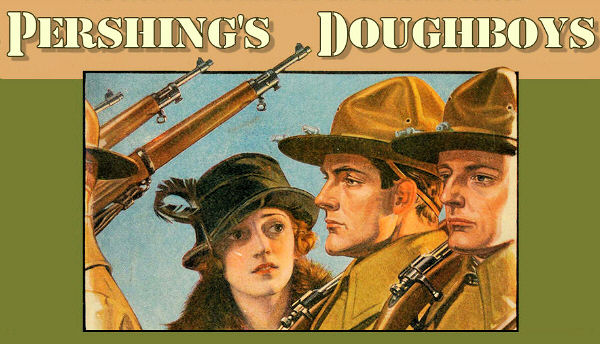
7 – 17 August 2018: Comprehensive Study of the American Expeditionary Force
Includes: All major battles, memorials, cemeteries, and service sites of your family members.
Price — $3,750 (dbl occupancy, sgl supp avail)
The full brochure covering the trip and registration details can now be downloaded
HERE
|
|
|
|
Thanks to each and every one of you who has contributed material for this issue. Until our next issue, your editor, Mike Hanlon. |
|
 (Or send it to a friend)
(Or send it to a friend)
|
Design by Shannon Niel
Content © Michael E. Hanlon
|







